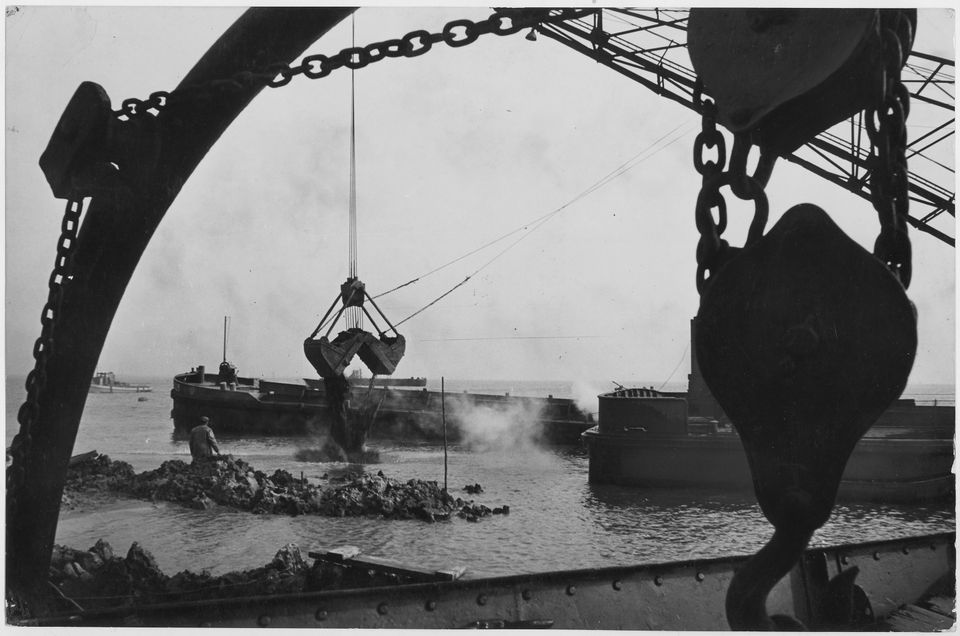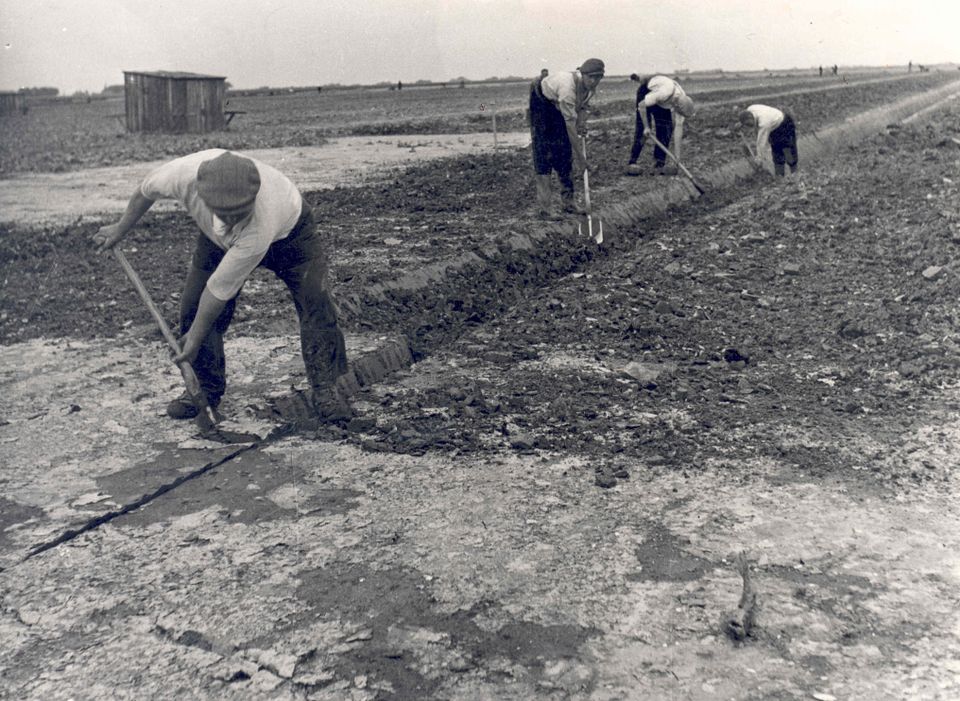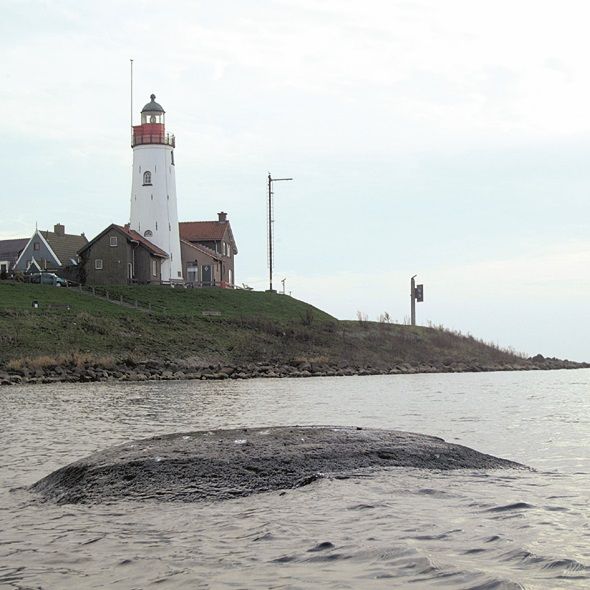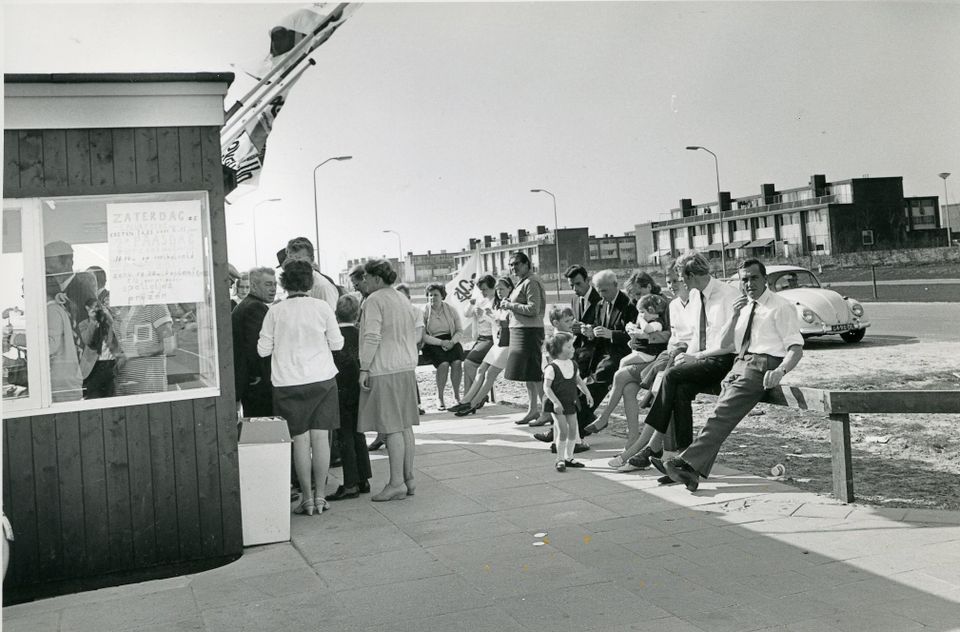Its origin
The Zuiderzee project
Flevoland has a rich history, it is the product of the largest reclamation project of all time: the Zuiderzee project!
Engineer: Cornelis Lely
The largest reclamation project
The Zuiderzee presented a major threat to the surrounding areas. Storm surges produced dangerous situations more and more often, with thousands of people being killed. This was reason enough to reclaim the Zuiderzee. Engineer Cornelis Lely gained an immortal reputation with his 1891 plans for reclamation of the former Zuiderzee: the greatest reclamation project of all time, the Zuiderzee project! In the Government Gazette of 14 June 1918, the Zuyder Zee (Closure and Drainage) Act (Zuiderzee Act) was announced. It was the starting signal for the Zuiderzee work to begin.


“ The Zuiderzee project is the largest reclamation project of all time ”
Origin of the IJsselmeer
An (im)possible job
The reclamation of Flevoland started in 1924, with the closure of the 2.5km-long Amsteldiepdijk dike between the solid land of North Holland and the island of Wieringen. Then it was the turn of the Afsluitdijk, a dike between Wieringen and the solid land of Friesland. It seemed an impossible job, placing a dike in the middle of the sea. But in 1932 the job was done, and the IJsselmeer lake was created.


“ On 3 October 1939 Urk island was no more. ”
Urk island
End of an island
The Noordoostpolder would become the first real IJsselmeerpolder. On 3 October 1939 the mayors Keijzer from Urk and Krijger from Lemsterland shook hands at the place that the last gap in the dike was closed just a few minutes before. Urk was no longer an island. The Noordoostpolder was officially dry on 9 September 1942, in the middle of the Second World War.


“ The Noordoostpolder was officially dry on 9 September 1942. ”
New province
East Flevoland
Once the Noordoostpolder was complete, the workers began laying out Oostelijk Flevoland. This polder was meant to accommodate the population of the overfull Randstad. That space was desperately needed. The urbanisation in North and South Holland was taking on such a form that new land was required for residential building and recreation. After the successful completion of the eastern polder (1957), the southern polder soon followed (1968). On 1 January 1986 Flevoland officially became the newest and 12th province of the Netherlands.


“ On 1 January 1986 Flevoland officially became the newest and 12th province of the Netherlands. ”